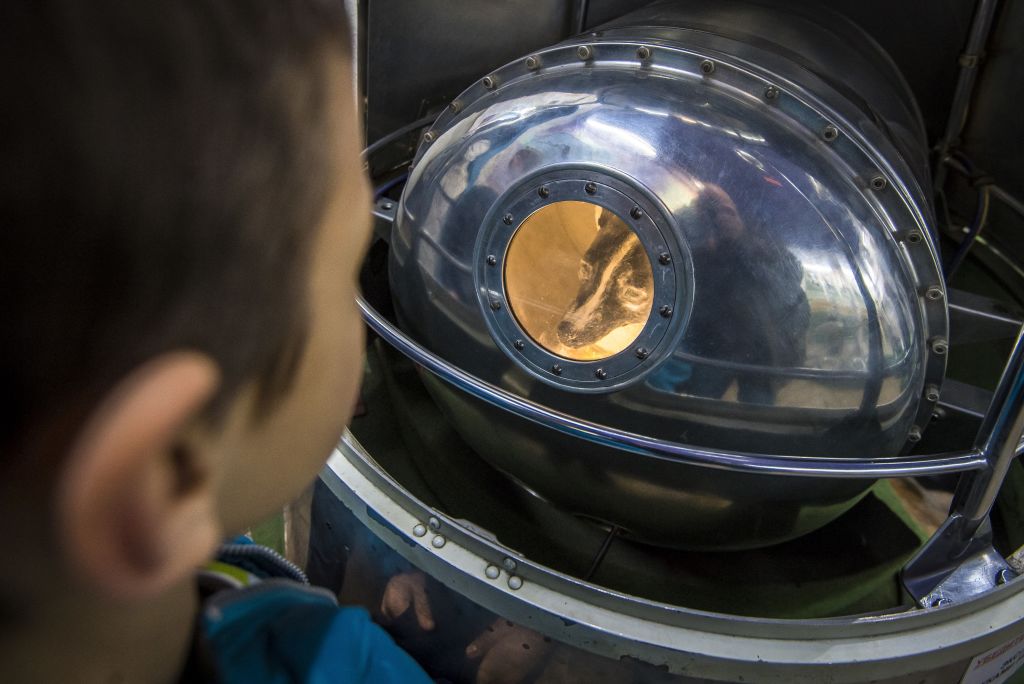

The satellite they’d built wasn’t equipped for a safe reentry. listverse Laika wasn’t going to come back. During training, Mushka became so terrified that she wouldn’t touch her food. Mushka, like Laika, was a stray, but the hardships of the space program were too much for her. Another dog named Mushka would be used to test the life support. The hardship these mutts endured, they believed, made them tough enough to handle the harsh conditions of space. They had a team that gathered strays off the streets. While the Americans preferred to send monkeys into space, the Soviets found dogs easier to train. Laika was a stray dog wandering the streets of Moscow who was sought out by the Soviet Union to take part in the space program. After about five to seven hours of flight, there were no further signs of life coming from the spacecraft.įive months later, after 2,570 orbits, the Sputnik II, including Laika’s remains, disintegrated upon reentry on April 14, 1958. A malfunction in the separation of the nose cone satellite caused damage to the thermal insulation and temperatures in the cabin reached over 100 degrees F. At peak acceleration, Laika’s heart rate increased to three times her normal rate. Liftoff on November 3, 1957, was in the early hours of dawn. At that time of year, temperatures were very cold and Laika only had a hose connected to a heater to keep her warm. Laika was placed in her launch capsule on October 31, 1957, three days before the start of her mission. She was placed in a centrifuge that simulated the acceleration of a rocket launch as well as placed in a machine that simulated the noises of a spacecraft.

To adapt Laika to the confines of the Sputnik II cabin, she was kept in progressively smaller cages for periods of up to 20 days. Laika’s movement was restricted by a harness and chains that would only allow her to stand up or lay down. The spacecraft was also fitted with a fan designed to activate whenever cabin temperature exceeded 59 degrees F, food to last Laika a week, and a waste collection bag. The craft was equipped with a life-support system consisting of an oxygen generator, devices to avoid oxygen poising as well as a carbon dioxide absorption system. The satellite also contained instruments for measuring solar irradiance and cosmic rays. The official decision to launch Sputnik II was made on October 10, leaving less than four weeks to design and build the spacecraft. Nikita Khrushchev, then, the General Secretary of the Central Committee of the Communist Party of the Soviet Union, wanted the mission to coincide with the 40 anniversary of the Bolshevik Revolution and the launch of the puppy was expedited and rushed. Laiki was launched in the Sputnik II on November 3, 1957. Report on space exploration at theguardian.Laika was a Soviet space dog who became one of the first animals in space, and the first animal to orbit the Earth. There is also a plaque bearing her name at the biomedical research centre where she was trained. Laika became the name of a brand of Soviet cigarette, and a face on a monument at Star City, Moscow. Yuri Gagarin made history aboard Vostok 1 in April 1961. Soviet scientists took note: after their heaven-sent hounds returned to Earth, they bred puppies from Strelka and gave one to Kennedy.Ī human soon followed Laika's lead. President John F Kennedy angrily asked US scientists why the world's first pair of space dogs were called Strelka and Belka rather than Rover and Fido. Strelka and Belka went into orbit in 1960 with 40 mice, two rats and some plants, in what was by then an obvious preparation for a human launch. Laika became the most famous dog in space - US newspapers christened her Muttnik - but she was only the first. The capsule that became her coffin burned up in the atmosphere in April 1958 after 2,570 orbits. But humidity and temperature gradually increased.Īfter about five hours, the telemetry system began to fail: what happened thereafter can never be known, but Laika probably died, said Dr Dmitry Malashenkov, of Russia's Institute of Biomedical Problems. Laika was one of 10 dogs to complete a special space training course, and one of three selected by space scientists: Laika was to be the cosmonaut, Albina her understudy and Mushka the "technological dog" on which ground crew could test the satellite's life support systems.įor the first few hours after launch, Laika's heart beat normally, cabin pressure stayed steady and oxygen levels were constant. Laika (meaning "barker") went to an altitude of almost 2,000 miles aboard Sputnik 2, one month after the Soviet Union stunned the world and triggered the space race with Sputnik 1, the first object in orbit.įor the next 40 years, Kremlin chiefs allowed the rest of the world to believe that Laika lived to see the 40th anniversary of the October Revolution and then died peacefully.


 0 kommentar(er)
0 kommentar(er)
